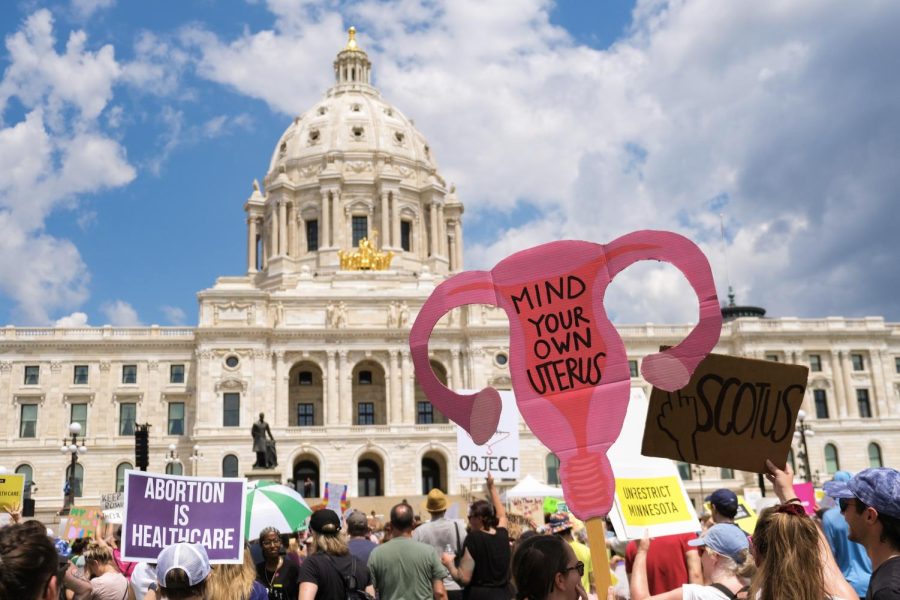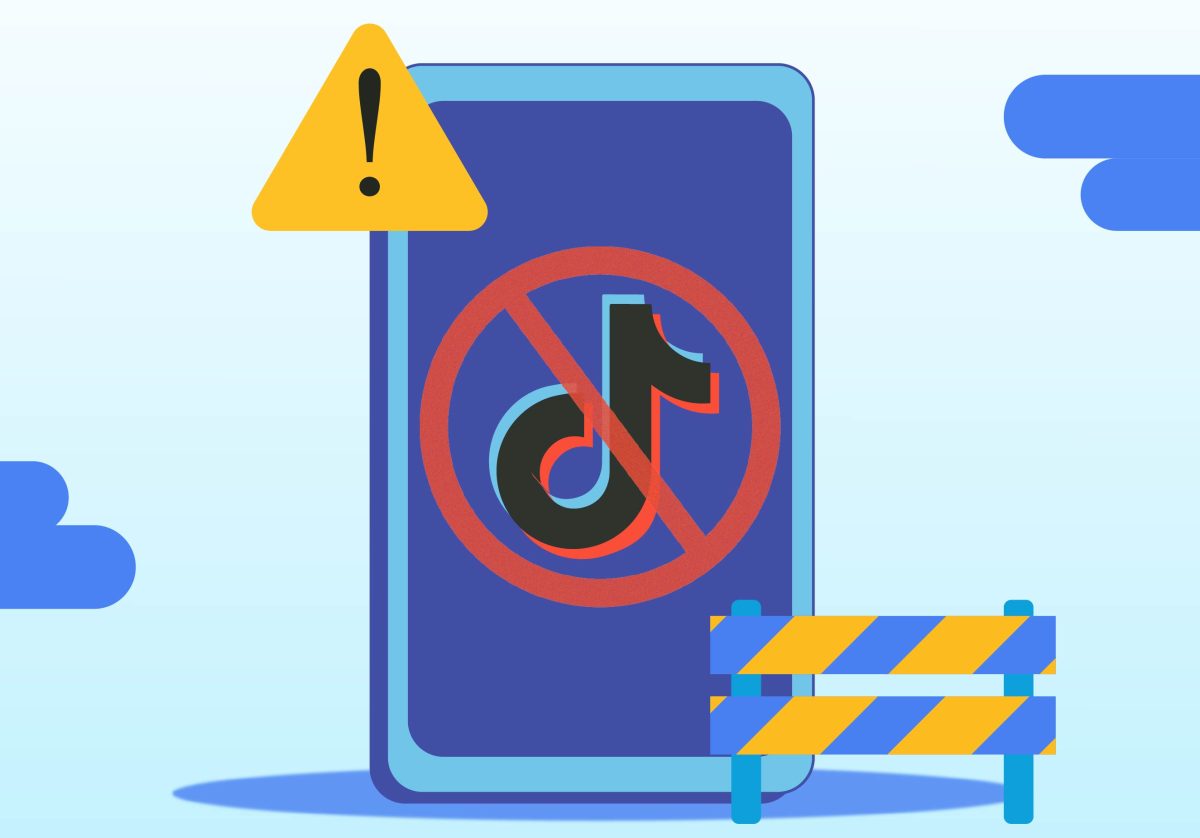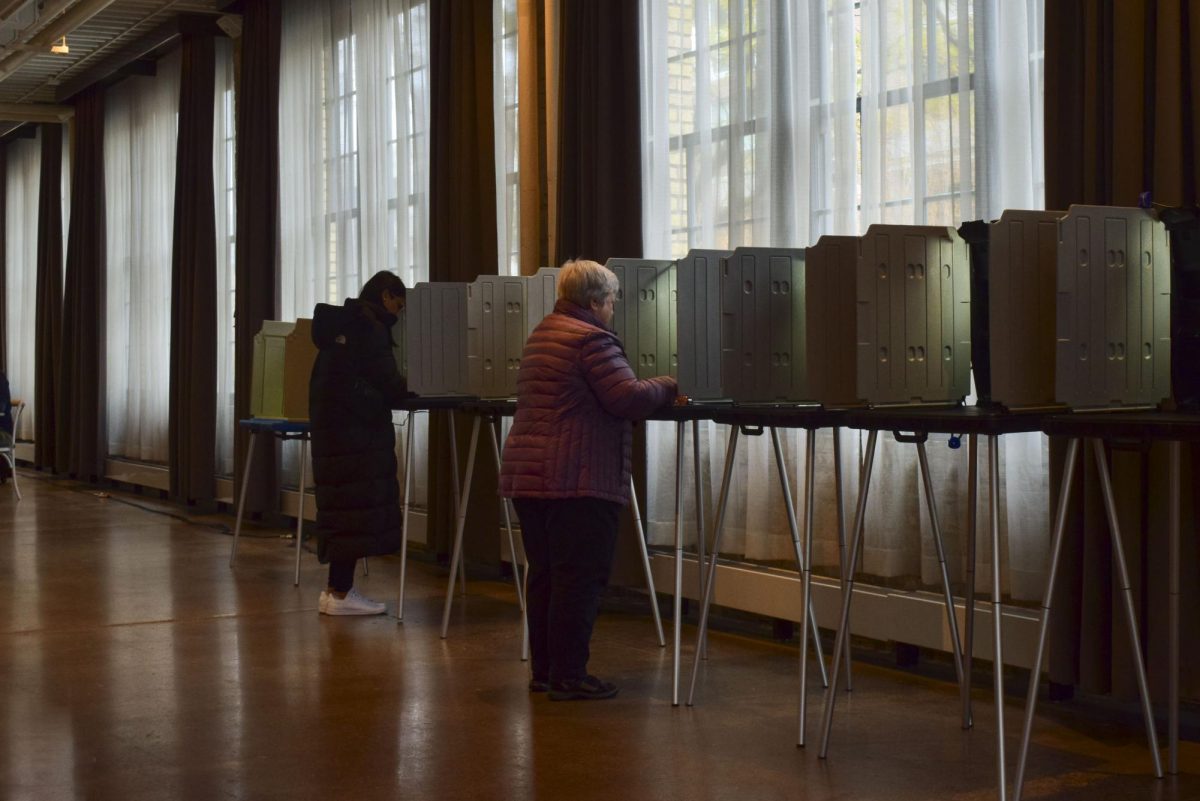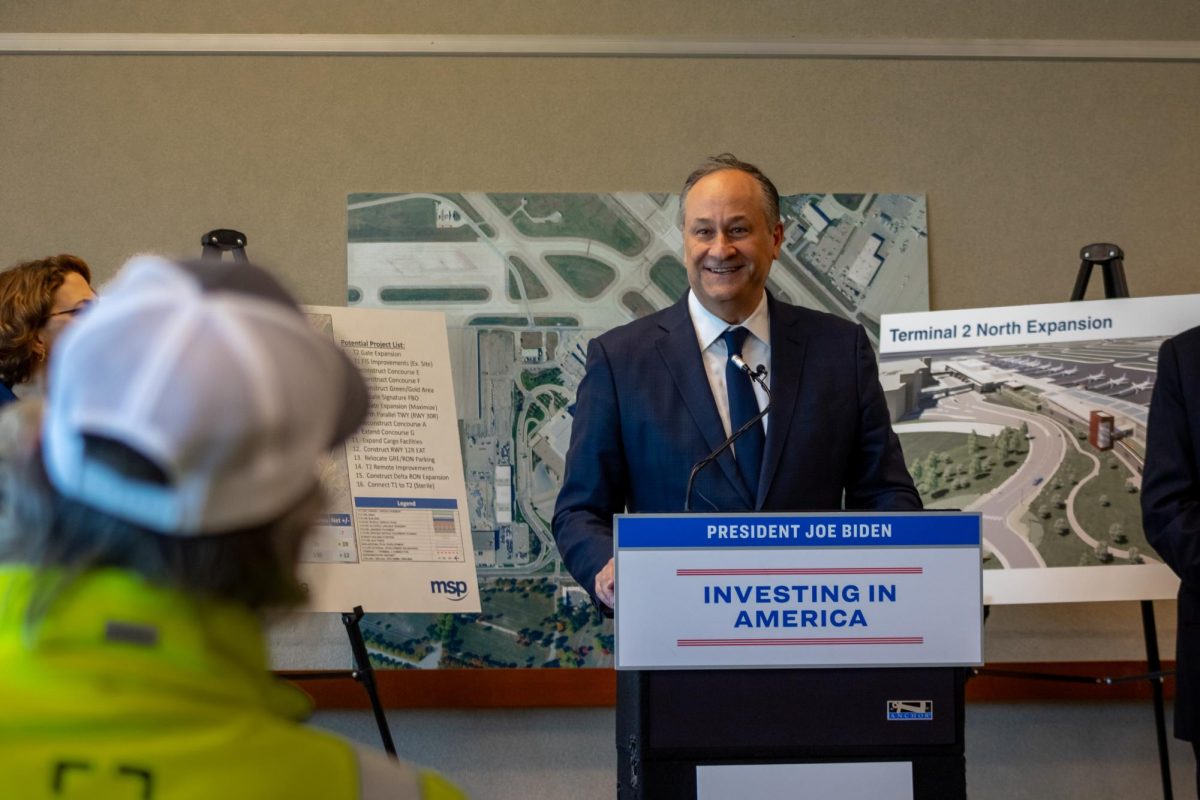It all started back in March when Federal Reserve Chairman Ben Bernanke uttered that hopeful phrase âÄî green shoots âÄî and sent everyone grasping for any miniscule sign of economic recovery they could find. While things have begun to appear less bleak, experts warn not to get too comfortable and point to job creation as the true indicator of an upswing. âÄúWeâÄôre seeing the beginnings of it,âÄù Alfred Marcus , a professor in the Carlson School of Management, said. âÄúThe end of it would be if unemployment started going down because jobs were created.âÄù State economist Tom Stinson was less optimistic, and said he wouldnâÄôt yet call the economy âÄúimproving.âÄù âÄúWhile the deterioration isnâÄôt as rapid as it has been before, the best that you can say is that weâÄôre probably establishing a bottom,âÄù he said, âÄúbut weâÄôre probably not quite there yet.âÄù Measuring growth Economists use several indicators to measure economic health, as there is no silver bullet that provides a clear picture of where things are headed. In August, MinnesotaâÄôs payroll employment, the number of payroll jobs at established companies, was down 4.3 percent âÄî about 120,000 jobs âÄî from a year earlier. âÄúBy any measure, thatâÄôs a significant decrease,âÄù Rob Grunewald , associate economist for the Federal Reserve Bank of Minneapolis , said. Currently at 7.6 percent, the stateâÄôs unemployment rate is almost 2 percent lower than the U.S. rate, although experts warn both numbers are likely to spike before things get better. MinnesotaâÄôs unemployment rate will likely pass 8 percent, and the U.S. rate will likely hit 10 percent, Grunewald said. âÄúBut when the economy does turn around, more individuals will join the labor force and start looking for work who are currently unemployed,âÄù he said. While some industries are beginning to look up, experts say the stateâÄôs economic recovery will be held back by a lagging job market. Labor market conditions are often the last thing to improve, because business owners donâÄôt rehire until they start seeing real changes in the economy, said Carlson professor John Boyd . âÄúThe tragedy âÄî very high unemployment âÄî is going to continue on for awhile,âÄù he said, âÄúeven under the best of all possible cases.âÄù The nationâÄôs gross domestic product, the total output of all goods and services, is expected to increase in the recently-completed third quarter of 2009, Stinson said. But when it comes to more important things like payroll employment and unemployment, he said, âÄúthose are continuing to deteriorate; itâÄôs just that theyâÄôre not declining as fast as they were.âÄù Stock market trends and housing prices are showing positive signs, although that could be a natural result of the federal stimulus dollars trickling in, Marcus said. âÄúWeâÄôre into a more positive momentum right now,âÄù he said. âÄúEverything else being equal, that should continue.âÄù A tangled web The economy is a complicated machine, impacted by a multitude of factors, and its standing can alter at the slightest glitch. âÄúWe donâÄôt want a negative shock to unnerve the whole system again,âÄù Marcus said, âÄúand thereâÄôs things out there that could cause that.âÄù Foreign economies, China in particular, seem to be turning around, which means good things for the U.S. economy with the impact of globalization, Boyd said. âÄúThatâÄôs all important, because the economies are very interconnected,âÄù he said. Although stimulus dollars and low interest rates prompt Americans to spend more, itâÄôs often on imported goods rather than domestic goods. Ultimately, this has a positive effect on the U.S because other nations feel secure enough to buy U.S. bonds and loan the U.S. money they wouldnâÄôt have before, Marcus said. âÄúAnd if they didnâÄôt do that, weâÄôd be in a lot worse shape,âÄù he said. Brighter days ahead? The unstable employment conditions have University students wondering, âÄòwill this be over when I graduate?âÄô Only 19.7 percent of 2009 college graduates who had applied for a job have one, according to a survey by the National Association of Colleges and Employers . In comparison, the survey of 2007 grads found that 51 percent had jobs once they graduated. In 2008, that number was already down to 26 percent. College career centers around the University use their career fairs to judge the job market for students. Sara Nagel Newberg , director of the St. Paul Campus Career Center , said after seeing dramatically less jobs being offered at their spring career fair, the one held two weeks ago was far more promising. âÄúIt looked promising that more employers were actively hiring for full-time,âÄù she said. Mark Sorenson-Wagner , director of the Career Center for Science and Engineering , said at their most recent career fair, every employer had positions open, a dramatic shift from last yearâÄôs fall fair, when many employers were still cutting jobs. Even for those who will be job-searching as soon as July 2010, things will be better, Marcus said. âÄúIf weâÄôre into a normal recovery, and maybe a slow recovery, the likelihood is that things will be slightly better when people graduate,âÄù he said. Even if the labor market looks better by June, itâÄôs not going to reach the employment levels people would like to see, Boyd said. âÄúThis has been the worst recession in a long, long time,âÄù he said, âÄúand itâÄôs going to take quite a while to recover from it.âÄù GettinâÄô by with a little help from the Feds Without the federal stimulus dollars, the country would have lost an additional 2.5 million jobs on top of the 7.5 million it will already lose, the unemployment rate would have hit 11 percent and the recession wouldâÄôve lasted another year, Stinson said. But that money must be applied in ways that ensure long-term economic health for coming generations, Marcus said. âÄúIs it going to be invested wisely?âÄù he said. âÄúOtherwise, weâÄôre in a pickle.âÄù During the post-9/11 economic collapse, the government injected money into the economy similarly âÄî but it was not spent productively, having gone into housing and large automobiles like SUVs, he said. Given the bulk of stimulus funds going to those hardest hit by the recession by extending unemployment benefits and increasing food stamp funding, Stinson said heâÄôs happy with the âÄúmixture of activityâÄù the money has provided. The fact that itâÄôs being doled out in increments helps reduce the risk of a âÄúdouble dipâÄù recession, he said. Following the leader If thereâÄôs one thing experts agree on, itâÄôs that wherever the U.S. and global economies go, Minnesota will follow. In terms of unemployment rates, Minnesota has historically trailed the U.S. average by one percent to two percent, and will likely continue to do so, Stinson said. âÄúWeâÄôll just get sucked along by the rest of the global economy,âÄù Marcus said, adding the caveat that to get ahead, Minnesota would need to distinguish itself. âÄúWe stand out less and less,âÄù he said. âÄúWeâÄôve just become more and more like everybody else.âÄù To do this, Marcus said the state should play off of its strengths, which historically have included such sectors as health insurance and medical products, brought to the forefront by Minnesota-based companies like Medtronic , UnitedHealth Group and retail giants such as Best Buy and Target Corp. âÄúThe question is, whatâÄôs the next step?âÄù he said. âÄúWhereâÄôs the next Best Buy?âÄù Renewed hope may come in the form of smaller companies, like EcoLab , he said. âÄúThereâÄôs always a kind of spirit of quiet, slow, incremental innovation,âÄù he said, âÄútruly the kind of innovation that made us stand out in some of these areas.âÄù
Will the economy recover by graduation time?
Experts say despite gains, recovery is still a long way off.
by Tara Bannow
Published October 7, 2009
0
More to Discover







